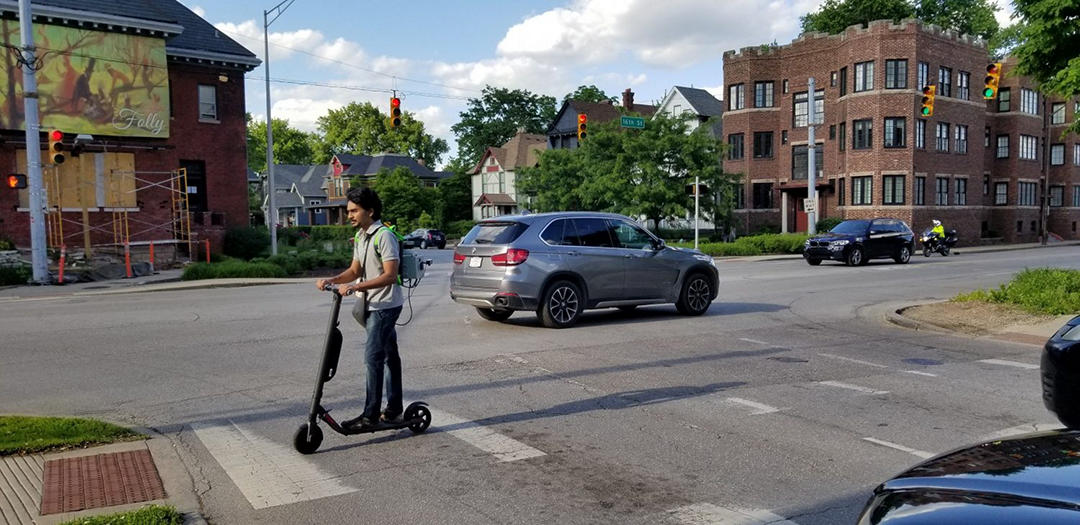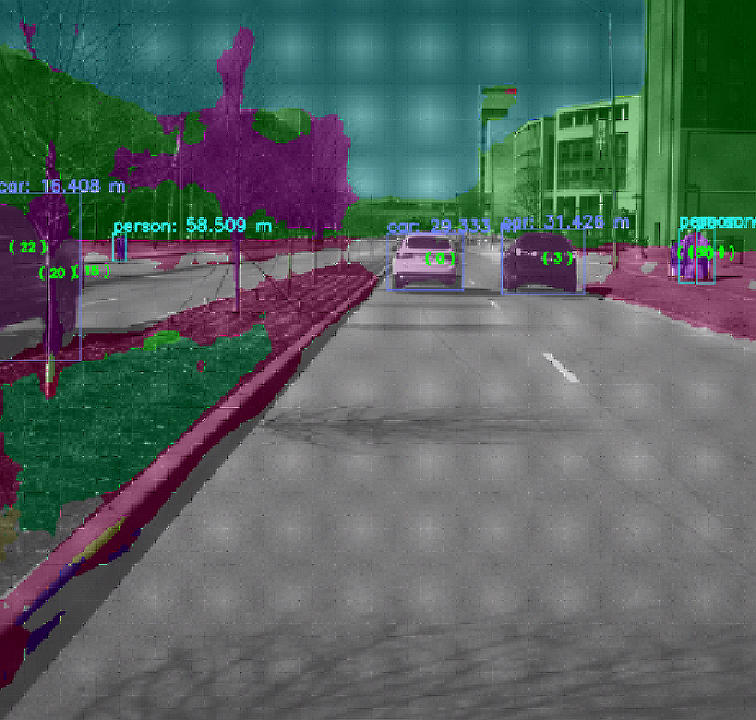LANGUAGES


An interview with Rini Sherony, a Senior Principal Engineer at the Toyota Collaborative Safety Research Center (CSRC), who is currently leading a multi-year study aimed at collecting and analyzing real-world e-scooter riding data in order to better understand interactions between e-scooters and vehicles to improve safety for all.
By partnering with leading universities, hospitals, research institutions and federal agencies, CSRC is focused on safety research projects with the goal developing and bringing to market new and advanced safety technologies.
Toyota is one of the world’s largest automakers. Why study e-scooters?
I became interested in e-scooter safety after visiting my daughter at the University of Michigan. Walking around campus, I saw many students riding e-scooters without much concern for the other vehicles around them and not following any rules regarding direction or speed. Around the same time, data from many hospital ERs were also reporting an uptick of e-scooter related incidents.
The rise of e-scooter popularity in recent years has brought about an increase in e-scooter- related accidents. There are currently more than 85,000 such scooters in service throughout the U.S., but in 2018, there were approximately 14,600 e-scooter accidents, up from just 4,500 four years earlier.
I thought it would be fascinating to take a more in-depth look at how e-scooters interact with vehicles, with the thought that a deeper understanding of those interactions could help to develop safety systems in vehicles that might mitigate or avoid crashes with e-scooters.
How is the study examining the interactions between e-scooters and vehicles?
We’re partnering with the School of Engineering and Technology at Indiana University Purdue University at Indianapolis on the study, which involves collecting data from fully instrumented e-scooters and vehicles – including LIDAR data, which takes measurements using laser light, and video from mounted cameras. Both will be operating on actual streets in Indianapolis this year. Ultimately, we’ll be able to recreate and analyze the driving data collected from our test vehicles to learn about the types of interactions taking place between scooters and cars, as well as identify what safety issues they are encountering.
What technologies are you using to capture the vehicle interactions?
We’ve created and installed a data collection system for the scooters that includes both front- and rear-view cameras as well as LIDAR technology. We are currently making adjustments to some of our cameras and we are still at work developing the data collection system that we’ll need to install on the cars before we can start using them on the roads.
How will the study inform the development of vehicles?
This research may help us to develop tools to allow cars to detect and recognize e-scooters on the road. The ultimate goal is to use this research to potentially develop or modify advanced safety features that will help to prevent and/or mitigate crashes with e-scooters in the future.
What does this study mean for the future of e-scooters?
Our hope is that our research will make e-scooters safer and allow them to continue as a mode of transportation. In addition to potentially helping us create crash avoidance technologies for vehicles, this research may also allow us to identify potential safety recommendations for e-scooter riders that will help to make the roads safer for everyone.
Every effort has been made to ensure the product specifications, equipment, and content on this site are accurate based on information available at time of publishing. In some cases, certain changes in standard equipment or options may occur, which may not be reflected online. Toyota Canada reserves the rights to make these changes without notice or obligation.